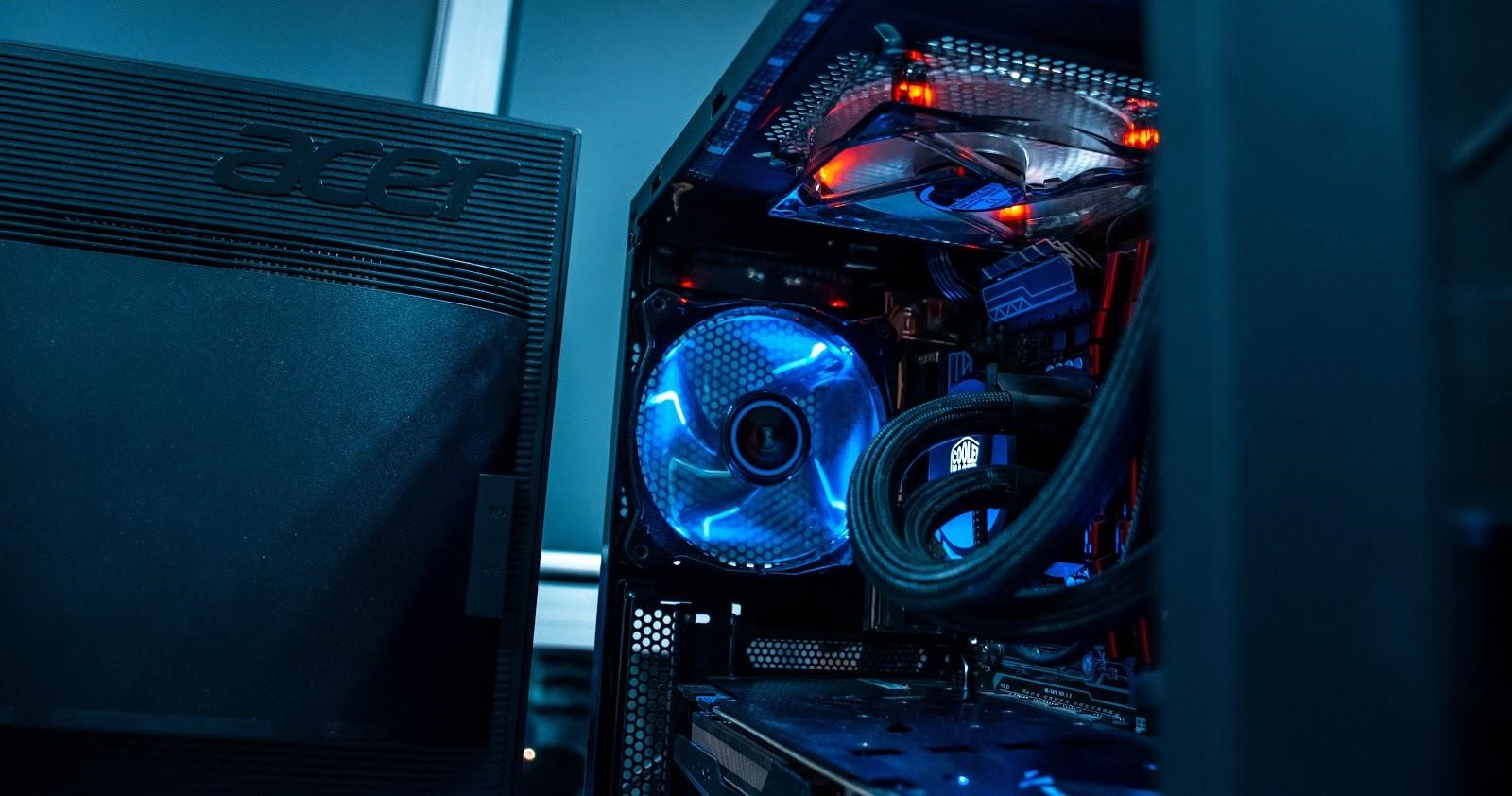
You’ve probably seen the buttery smooth framerate on a few YouTube Let’s Play videos. The graphical fidelity is next to none—the mods let you tweak even the smallest details in most games. You’ve decided it’s time for you to build your first gaming PC so you can get in on the action. The only problem is…you have no idea where to start. With all the parts, the different tiers of quality, and the setup, you’re seeing dollar signs add up. Before you get ahead of yourself, here’s how much it costs to build a gaming PC.
CPUs
When building a PC, there are a few parts that you need to have on board. Remember, if you’re looking to be able to play the latest games on the highest settings, you’re going to want to splurge a little more on some of these. Firstly, you’re going to need the central processing unit (CPU). The CPU is essentially the brains of this operation. AMD and Intel are your likeliest bets when it comes to processing power. AMD’s Ryzen series is a gamer favorite but Intel is no slouch when it comes to performance. Weigh your budget against some of the top picks from each manufacturer and choose a CPU that will work for your rig.

[Photo Credit: Photo by Constant Loubier on Unsplash]
Graphics Cards
Up next is the graphics card. Depending on the kind of gamer you are, you may even choose to build your whole gaming PC around this particular component. Graphics cards can range from budget models to high-end components that over $1,000 so there’s plenty to pick from. AMD is a familiar name in the graphics card industry and another gamer favorite is Nvidia. Some of Nvidia’s offerings are leading the pack in terms of graphical fidelity and smooth resolutions. For graphics cards, don’t skimp, especially if you’re interested in 4K or UHD gaming and don’t want to deal with choppy framerates on newer games.
Motherboards
The price of your motherboard will often depend on the price of the CPU you select. Not all motherboards are compatible with all CPUs so you must select one that will properly integrate with your preferred setup. If you’re interested in overclocking or enhanced connectivity, those will come into play when selecting a motherboard. The price will scale accordingly but if you don’t need all the bells and whistles, you may be able to choose a mid-tier option and save a bit of money here.

[Photo Credit: Photo by Maxime Rossignol on Unsplash]
Memory and Storage
Memory and storage require less decision-making. For a viable gaming PC that can last for several years, 16-32gb of RAM will tide you over. If your rig can handle it, feel free to add even more. As far as storage is concerned, HDDs are proving less popular than SSDs simply because of the immense speed and quality differences. Since so many games require large downloads and update files, 512gb should be the lowest size you consider unless you want to constantly swap games in and out of storage.
The Rest of the Setup
Once you’ve chosen your key components, you’re going to want to select a case, a cooling fan to keep your components from overheating, a power supply, and some of the essentials like a mouse, mechanical keyboard, and a monitor. These can vary wildly in price, especially when it comes to monitors. If you’re looking for a 4K experience here, expect to add on a good chunk of change to the final price.

[Photo Credit: Photo by Fredrick Tendong on Unsplash]
Ultimately, the cost of a gaming PC can be as high or as low as you want. You can start with a basic model and upgrade piece by piece over time or create a behemoth of a rig that will provide you with cutting-edge gaming experience. The choice is yours, so make it wisely.